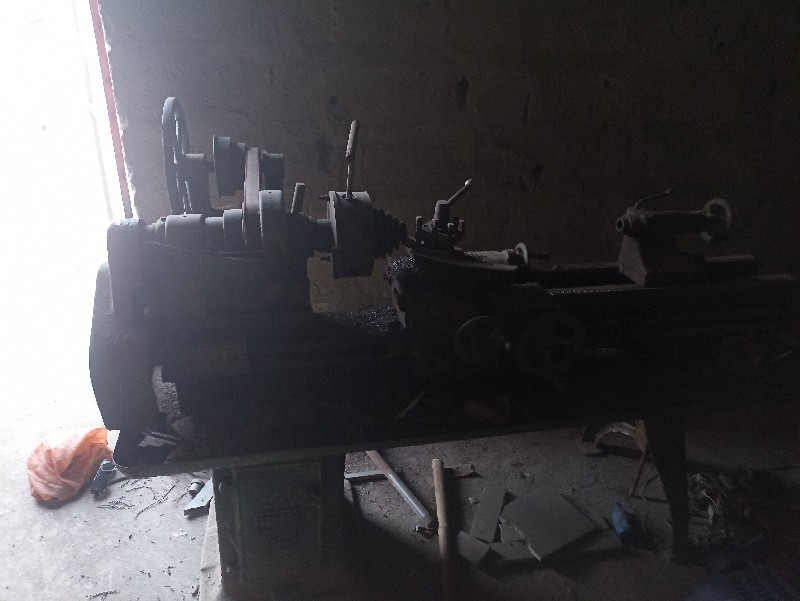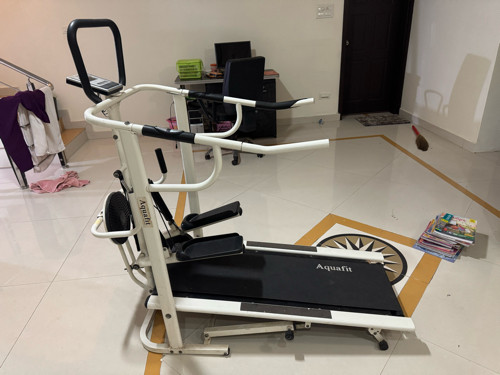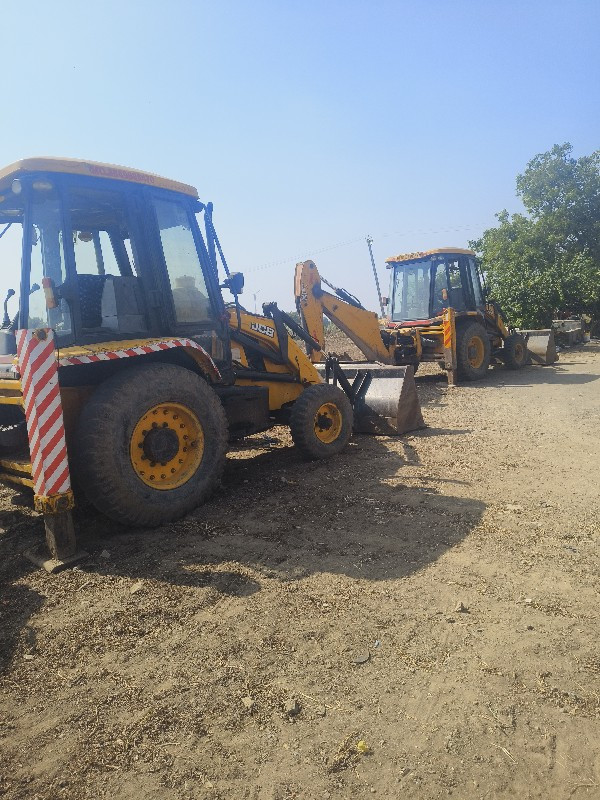
Zatka Machines: The Benefits and Drawbacks of Electric Fencing for Livestock
Zatka machines, also known as electric fencing, are a popular tool for protecting livestock in animal husbandry. These machines use electrical current to create a barrier that keeps animals within a designated area, while also keeping predators and other threats at bay. But what are the benefits and drawbacks of using Zatka machines for livestock protection? Let's take a closer look.
Benefits of Zatka Machines
-
Cost-effective: Zatka machines are a cost-effective solution for livestock protection, as they are typically less expensive than traditional fencing.
-
Easy to install: Electric fencing can be easily installed, with no special skills or tools required. This means that you can quickly and easily set up a barrier for your animals.
-
Effective: Zatka machines are effective at keeping livestock in and predators out. The electrical charge acts as a strong deterrent to any animal that tries to cross the barrier.
-
Portable: Zatka machines can be easily moved from one location to another, making them a versatile solution for livestock protection.
Drawbacks of Zatka Machines
-
High maintenance: Electric fencing requires regular maintenance to ensure that it is functioning properly. This includes checking the charge and repairing any damage to the fence.
-
Danger to animals: If not installed or maintained properly, electric fencing can pose a danger to animals. They may become entangled in the wires, or the electrical charge may cause them harm.
-
Requires electricity: As the name suggests, Zatka machines require electricity to function. This means that they may not be suitable for all locations, particularly those without a reliable power source.
-
Not suitable for all animals: Some animals, such as birds, may not be deterred by electric fencing. In addition, animals with thicker hides, such as bison or buffalo, may require a higher voltage to be effective.
Conclusion
While there are some drawbacks to using Zatka machines for livestock protection, they can be a cost-effective and efficient solution for many farmers and animal husbandry experts. The key is to carefully consider the needs of your animals and the environment in which you are working, and to choose the appropriate type of fencing for your needs. By doing so, you can ensure the safety and well-being of your livestock while also protecting them from predators and other threats.





